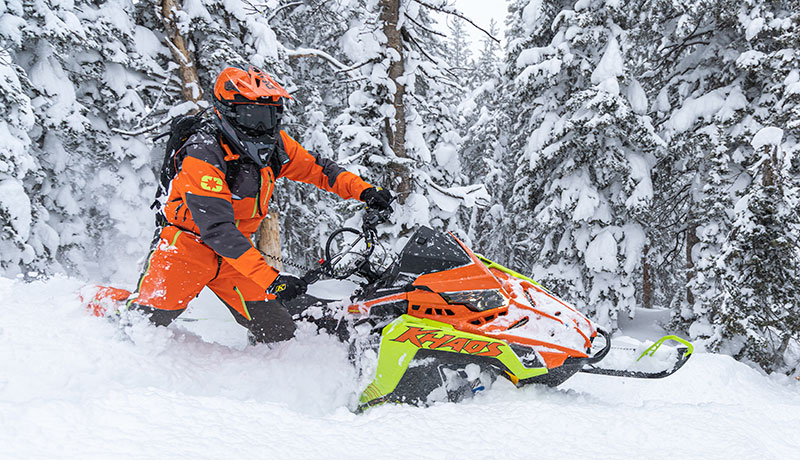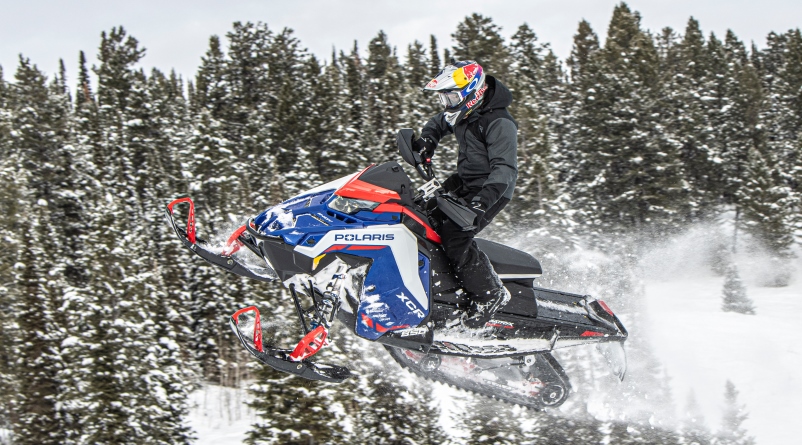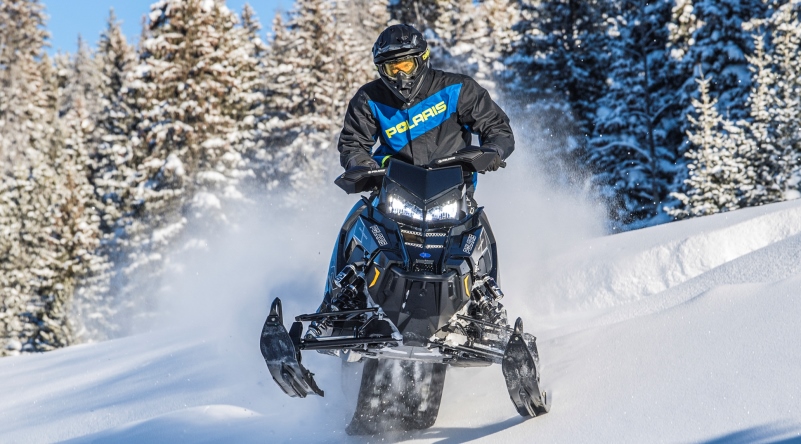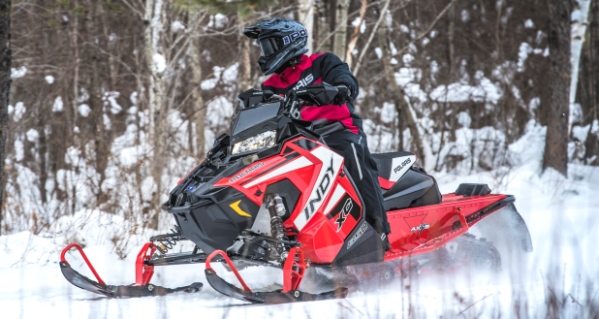Your attention, please. Snowmobilers who walked away from Polaris and have been waiting five-or-so years for the company to again build a high performance machine that wants to be ridden hard: Your sled has arrived.
Polaris was arguably known as snowmobiling’s ride and handling leader through the 1980s and 1990s, but the company lost that reputation after the turn of the century. It kept plugging the same engines into the same trailing arm-based chassis while other brands hatched new ideas and built sleds that simply out-performed the Indys.
After test rides in spring 2006, we knew Polaris was heading back in the right direction with the 2007 Polaris Dragon. The 700 CleanFire Injection engine meant business and its ride and handling was unparalleled. The Dragon couldn’t be beat.
We tested and proved that in our Top Level Shootout a year ago [Snow Goer, November, 2006] where its IQ suspensions took on those of other premium big-bump sleds at Rode Reports 2007. More than 1,500 miles aboard our staff Dragon last winter reinforced that claim, too. This sled could be ridden hard and it was solid and stable.
We were more confident on board our Dragon than any other model in our fleet. We’ve said it a thousand times before and we’ll say it again: There isn’t a chassis and suspension package that is more predictable and steady when the trail turns rough. Bar none.
One staffer said the Dragon’s Walker Evans clicker shocks didn’t work well across a wide range of bumps. The dampers bottomed easily if they were set to absorb trail chatter, but they were too firm if set to prevent bottoming. He couldn’t find a happy medium. More frustration was caused by a clicker knob on the rear shock that was difficult to access. Nobody complained about the engine.

Today’s modern powerplants and fuel systems make snowmobile engines run better than ever. Our 700 CFI’s power was strong from the bottom end through the top and the engine and exhaust sounded full and powerful, especially when pushed hard near wide-open throttle.
While the modern fuel systems keep machines running amazingly well, a simple failure can wreck a weekend in a hurry. It did for us.
Our Dragon let us down last winter during a trip in Michigan’s U.P. After we covered about 35 miles of Trail 11N on our way north to Silver City, our foursome stopped to adjust gloves and goggles and verify our route on a map. Only three sleds restarted.
The problem turned out to be a disconnected power supply wire for the fuel pump. If the sled would’ve had a set of carburetors, we likely could’ve repaired the malfunction and gotten back on the trail. We couldn’t even diagnose the 2007 Polaris Dragon’s problem.
Regarding ergonomics, the seat was narrow, tall and firm. We like that setup because it keeps us high in the saddle and ready to react. The cushion was too narrow for long rides, though. After about 150 miles, we wanted a wider cushion with more support.
Tall handlebars kept our elbows up and out of the way for side-to-side body movement through turns, but it was uncomfortable through sharp turns because it tipped up at the ends.
The bar put the inside wrist at an unnatural angle, which caused discomfort and fatigue. The tall bars were great for stand-up riding, but it was too high for some riders while sitting. Fortunately for us, the 2007 Polaris Dragon handlebar has been flattened and the seat has been widened for 2008.






